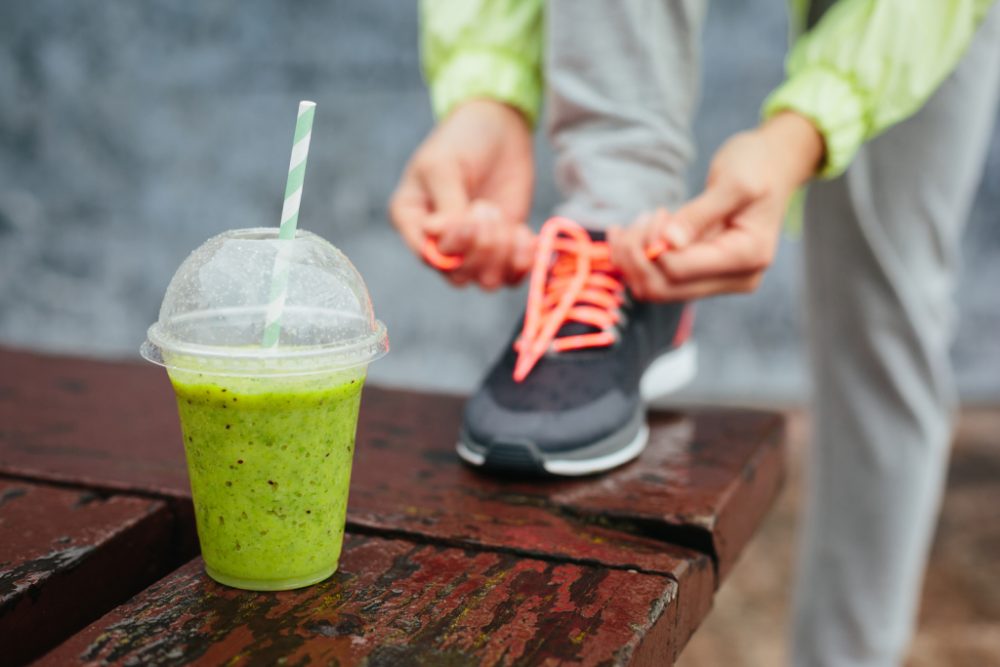By Samantha Clayton, OLY, MS, ISSA-CPT, Vice President, Sports Performance and Fitness Education and Vice President of Herbalife’s Fitness Advisory Board
As the weather gets cooler, it’s essential to consider your workout routines with injury prevention in mind, especially if you plan to engage in outdoor activities like trail running, snowboarding, and skiing. Exercising on uneven terrain can put significant stress on your joints, tendons, and core muscles. To improve your performance and reduce the risk of injury during the winter months, it is important to be well prepared, adjust your routine and wear appropriate clothing. But perhaps the most important aspect is to focus on your warm-up routine.
Warm-ups are often neglected, with many people citing lack of time as a common excuse for either cutting them back or skipping them altogether. Yet, studies have shown that warm-up routines are essential to improving your performance, especially when the temperature drops. In colder weather, their body muscles make them more prone to injury.
Here are some ways to maintain your healthy active lifestyle by incorporating warming up during the winter months.
Train like a pro
Professional athletes have long recognized the value of a comprehensive warm-up. Scientifically proven, pre-workout routines instill confidence in your body’s ability to perform, allowing you to push your muscles and joints to the limit during exercise. Engaging in dynamic movements before training can improve body confidence, coordination and flexibility and prepare your body to handle the stress of exercise.
Heat it up
Warming up is a great strategy for reducing injuries and improving performance. It enhances the lubrication of the joints, allowing you to move more freely. When the weather is cold, many people often experience stiff joints. Performing gentle, progressive movements before your workout helps prepare your joints and tendons for increased stress by improving blood flow.
Incorporate balance and strength exercises
Another study has shown that cold weather can affect muscle performance, particularly in the legs, increasing the risk of ACL injuries.
Engage in exercises that strengthen muscle groups and enhance joint stability. Squats, for example, work your thigh muscles and help keep your knees strong and stable. Additionally, leg swings can help balance the muscles in the front and back of your legs.
Improve muscle function to protect tendons
When it’s cold outside, your traffic can be affected. Dynamic movements ensure that oxygen-rich blood is delivered to the muscles, preparing them for more rigorous exercise. Focus on exercises that maintain balance between the knee extensors and flexors and enhance proprioception, which is your body’s sense of movement and position. These exercises are especially beneficial in cold or wet conditions.
Be aware of your surroundings
Keeping an eye on environmental factors such as wind, rain or dropping temperatures will help you stay prepared. Wearing appropriate warm clothing and increasing blood flow through your warm-up routine is a great injury reduction strategy.
Make your diet your secret weapon

Optimal exercise and recovery depend on good nutrition. You may benefit from giving your body a pre-workout boost. A product that provides caffeine for a sense of energy and l-arginine to support blood flow may be helpful.
Post workout I always recommend eating protein to help rebuild, repair and regenerate muscle tissue. On a cold day, making it with warm milk or water is a great option to warm up.
As you adapt your fitness routine to the changing seasons, remember that your health and safety should always come first. Incorporating warm-up exercises into your winter workouts is a simple yet powerful way to improve your performance and reduce your risk of injury. By following these steps and paying attention to your body’s environment, you can maintain a healthy active lifestyle during the winter months.
Denial of responsibility
The Content is not intended to be a substitute for professional medical advice, diagnosis or treatment. Always seek the advice of your doctor or other qualified health care provider with any questions you may have about a medical condition.
